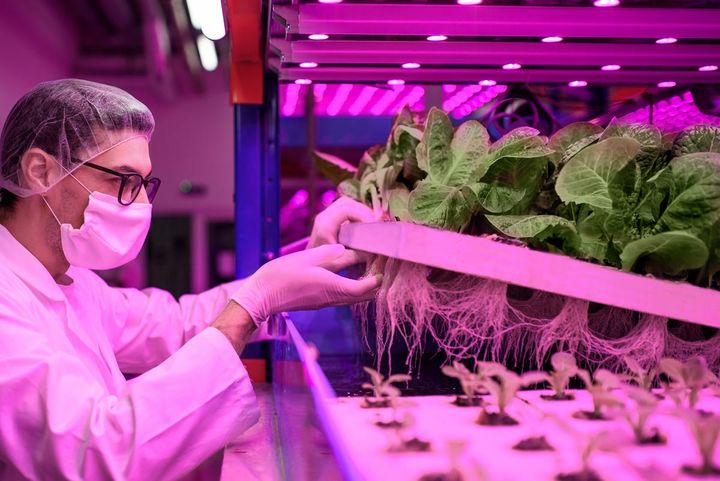The Facts About Light Pollution

Usually when one thinks of pollution, we think of how the air, land, or water is contaminated by chemicals, trash, or sewage. Most often, light is not something that many people would consider to be a form of pollution. However, light pollution is a very real problem particularly in areas with large amounts of artificial lighting. And, because it is a less recognized form of pollution, there is not a high level of public awareness. While some measures have been taken by governments and cities to address light pollution, education can increase efforts by not only governments, but also by homeowners, businesses, and citizens.
There are four different types of light pollution, each representing a different way that artificial lighting spreads and affects the environment. These categories are urban sky glow, clutter, glare, and light trespass. The glowing, often yellow, pink, or orange haze that hovers over urban areas at night is referred to as urban glow. This glow is the result of the unobstructed, upward projection or spill of light that comes from a multitude of artificial light sources. Another type of light pollution comes from large groupings of lights that are poorly placed, referred to as clutter. The type of pollution that occurs when light is uncomfortably and excessively bright to your eye is called glare. The final primary type of light pollution is called light trespass. With light trespass, the illumination of a light shines on areas where it does not belong and where it is not wanted.
Light pollution has numerous disruptive and potentially dangerous side effects for the environment, animal life, and human life. One of the most visible and frequently discussed side effects it the way that light pollution blocks out stars in the night sky. This is challenging for certain animals that use the stars to help orient and guide them, such as migrating birds. The brightness of artificial lighting at night is also a problem for animals that instinctively seek out light sources. For example, birds flying towards light sources may fly into buildings or other birds or may become disoriented around bright lights. In terms of environment, plant life often requires both daylight and darkness to grow properly. Certain plants flower only at night, and their pollination occurs from nocturnal animals. Continuous light from artificial lighting may prevent these plants from flowering entirely and, as a result, prevent reproduction. Some types of artificial light can also affect trees that are sensitive to day length and prevent them from going dormant in the winter.
Lastly, human health and functionality is also affected by light pollution. The human body has a day and night cycle that is called circadian rhythm. This reflects the body's natural rhythm, and it can be disrupted by insufficient amounts of darkness. When the circadian clock is disrupted, certain bodily processes such as one's ability to sleep, the production of melatonin, and the regulation of cells are also disrupted and can result in health problems. A person's motor and cognitive skills are also affected by failure to sleep at night.
The reduction of light pollution is the responsibility of everyone. The average person can help by using motion-detecting lights to illuminate the outsides of their homes. Any outdoor lights should be pointed so that the bulb faces towards the ground. Cities can reduce light pollution by switching to shielded lighting, which will help reduce both glare and light trespass by controlling the direction of the light. Spreading the word about light pollution can help raise awareness of the problem and can prompt more people to make changes in their light usage.
Check back to see new articles and guides , or feel free to click another article to experience more great insights and advice.



